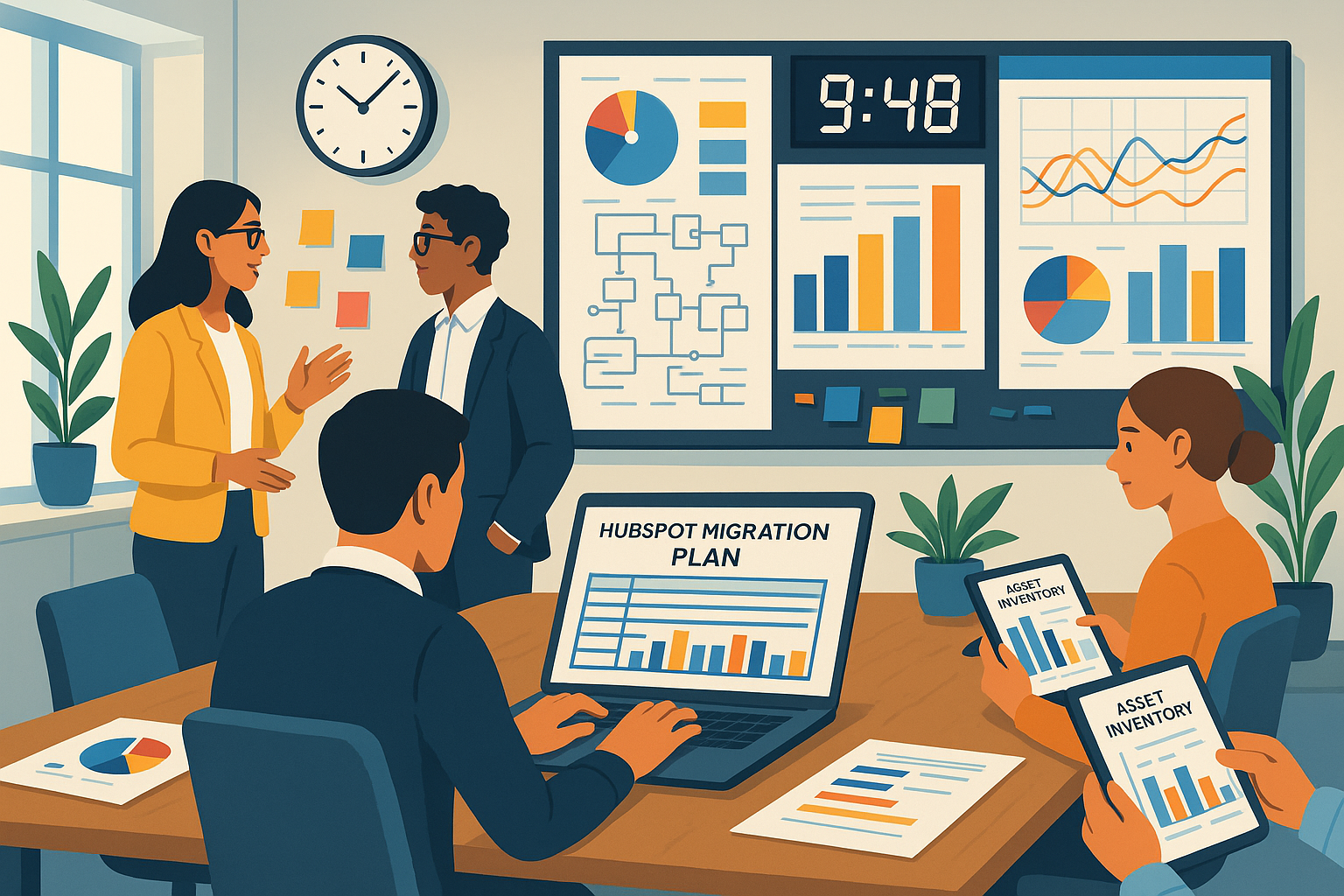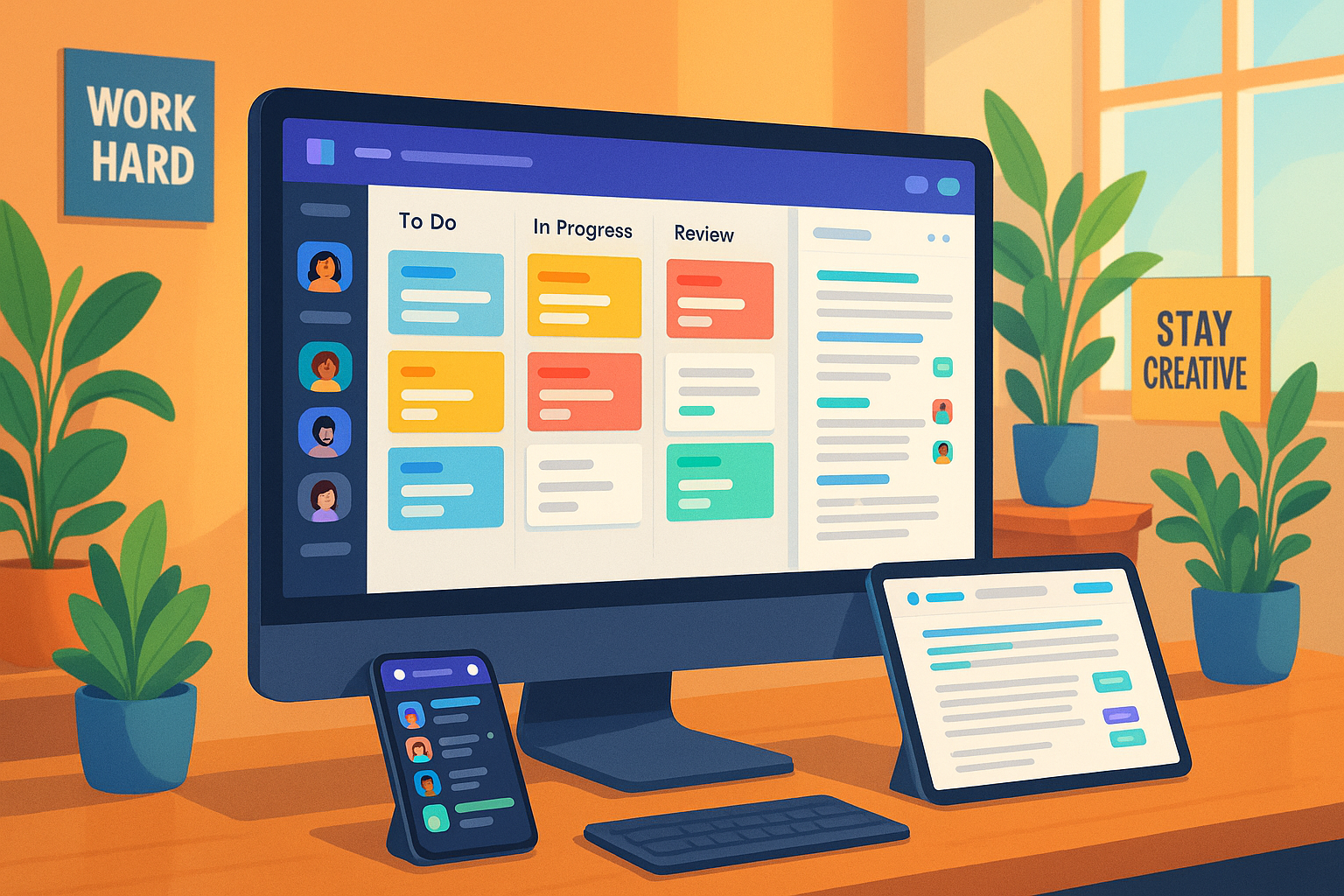In this article, we will discover whether it’s worth migrating data to Salesforce and explain how the migration process works with Trujay.
What will be important in the CRM world in 2023?
- Although product and price are part of basic criteria, these standards are likely to be left behind. Customer experience is the leading success differentiator.
- According to Salesforce, 84% of customers said that the company’s experience is as important as its products and services.
- Martech Advisors said: “The AI in the CRM market is pegged at ~$50B by 2020”. With integration AI in CRM, companies can automate daily tasks to speed up sales cycles, automate marketing messages, and resolve customer service cases.
- The ability to operate your CRM platform from multiple devices.
- The most important factors in purchasing a CRM are ease of use, price, company reputation, support, implementation training, software popularity, reviews, and recommendations.
- Your CRM system has to include more advanced functionality: sales automation, email marketing, a central database, customization, and reporting/analytics.
For more details read the article about CRM trends.
Is Salesforce the Right Choice?
Now you know more about the main aspects to consider when choosing a powerful CRM platform. You may be asking, is Salesforce a powerful enough solution for my company and customers? Let’s find out.
Organization of customers’ information
It’s very comfortable for users to find all the needed information in one place. With Salesforce, you have access to an individual’s account, contact details, tasks, events, cooperation history, and lead opportunities.
Mobility and connection with social media
Keep in touch with your team and clients via mobile application. Social media platforms like Linkedin, YouTube, Facebook, and Twitter are available for usage, so you can connect with your customers with ease.
Time management
Prioritize work for all your clients with all the necessary information and planning resources. The organization of workflows will be more timesaving.
Artificial intelligence
An AI feature called Einstein makes predictions and recommendations from all your data, based on your specific work processes.
Team collaboration
Salesforce’s “Chatter” feature enables you to talk with coworkers about work-related information. You are able to add new team members to accounts or opportunities that need consideration.
Analytics
Analyze Salesforce and non-Salesforce data with an Analytics tool. Get deep insights and well-profound recommendations. At your disposal, you can create custom-built dashboards, customizable templates, or third-party apps.
Typical Steps for Pipedrive to Salesforce Migration
1. Cleansing
We strongly recommend that you carry out a data cleaning exercise before carrying out any data migration from Pipedrive to Salesforce to ensure that the migrated data is correct and of good quality. Good quality data is central to a sound CRM system, and while this exercise can be time-consuming, it is highly valuable in the long term.
At this point, your partner may advise, but the goal is to de-duplicate your data and ensure data integrity. Examples of this include providing that only numbers in a telephone field are registered. No spelling errors occur, and that information has not been shoehorned into the wrong areas.
It may be that a way to standardize data input needs to be considered. Carrying out this task ensures that you start with a new system with reliable data and the best possible start. It also eliminates potential costs that may occur from incorrect or insufficient data causing migration problems during the migration exercise or even inaccurate results and reporting.
2. Scope
We will determine the data’s scope before migrating your data to outline exactly what does and doesn't have to migrate to the new system. It may be that all information must be moved, but if not all information is required, then we will work together to define a tight scope. Making the data scope tighter reduces your CRM’s storage, which can add up over time, so only migrating the data you need will save you long-term costs.
Again to recommend cost-effective storage methods that suit your needs, your partner should work with you. You might move core data to the new system, for example, but then archive older data to a far more cost-effective solution so that you can retain the details but pay much less for it.
How We Get You a Firm Scope with Trujay
NDA
By signing a non-disclosure agreement, you’re ensured that your data will be secure and will not be shared. We delete your data from our servers when our transaction is complete.
Secure access
We send you an encrypted link, and we access your dataset through APIs. We can also request a full data backup or request your target credentials to upload on to our server.
Efforts determined
Once we have access, our tech engineers start to determine efforts by analyzing scope and complexity.
Proposal Confirmation
When you have confirmed the proposal and scope, we provide you with our MSA (Master Service Agreement). The project begins with an introductory call with your account manager, who will assist you throughout the process.
3. Create a Backup Plan
Create a backup plan to eliminate any data loss. You may use Trujay’s Data Backup to make your data secure. You can create a sample data backup to see how the service works. The backup process is based on an API request and can take from 5 minutes to several hours, as it depends on your data set and your system’s peculiarities.
4. Map Out the Data
Evaluate the records with those needed for the future scheme until the old procedure information has been checked and updated. Consider and determine the names of the individuals for each custom area you have built. Based on the current framework, make custom data and fields to fit the CRM, you are migrating to resolve the gaps you have found.
- Find out how to map objects and their related fields.
- For mapping complex data, check out our free guide on objects and field mapping.
You can perform object selection, users matching, fields mapping with the following options:
- Find out the types of fields in your source and target CRMs that correspond.
- Check if the field is native or custom by hovering over the ‘i’ icon (also available in Simple Mode)
- Check field visibility in CRM UI, meaning see if the field is displayed to the users in the source and target CRM.
- Check the field usage in your source CRM.
- Match dropdown fields values (you can do this with Simple Mode as well)
- Perform advanced mapping for complex fields (similar fields of the same type, like work phone, home phone, mobile phone, etc.)
Read more about how to map objects and their related fields to make the Zoho HubSpot mapping easier.
5. Estimate the Migration Price
Visit our online Self Service estimator to estimate the cost of your Self Service Migration. The estimate depends on how many records you have. You can do it to get an estimate on an automated migration or for custom migration.
6. Migrate
Once there is a clear data scope, cleansed data, and the mapping is outlined, then the migration can occur. This is a technical activity and can involve several tools to ensure that data is collected from different sources and formats (such as Excel, CRM solutions, etc.) and migrated to the new system.
Trujay’s Self-Service tool is an automated migration that migrates customer data for you, so you don’t have to lift a finger. We bridge the gap between almost all CRM data migrations, including Pipedrive to Salesforce.
Perform the data migration process on your own with Trujay's Self-Service Wizard. The main features of this option are:
- Free Sample Migration
- Cost-conscious migration
- Quick turnaround
- Objects and users matching
- Automated migration process
To perform the Pipedrive to Salesforce migration, go through the following steps:
How to Migrate from Pipedrive to Salesforce
- Visit Trujay’s Self-Service Wizard
- Select the needed CRM platform type from the drop-down menu
- Provide your Pipedrive API Token and click the “Test Connection” button
- Enter Salesforce credentials
- Choose Salesforce as your CRM platform type and click the "Authorize" button. You'll be redirected to your Salesforce account
- Click the ‘Fields Mapping’ button to set up the fields you want to migrate from Pipedrive to Salesforce. If you’re satisfied with everything, click ‘Free Sample Migration’.
- Check your sample results after the sample migration from Pipedrive to Salesforce. If you’re satisfied, click the “Start Full Migration” button.
Note: If you want to change your fields, click the “Change Fields Mapping” button. You can rerun the sample as many times as you need at no cost.
Guided Self-Service
Another way of migration from Pipedrive to Salesforce is our GUIDED SELF-SERVICE MIGRATION.
So now you know how the self-service tool works. If you don’t want to use the self-service tool on your own or think that you can’t do it properly, we are here to help you!
Our Guided Service allows you to simply pay for 5 hours of technical support and have a dedicated, personal account manager discuss your options, guide you through the mapping process, or do the entire Self-Service Migration for you.
We’re always ready to guide you through every step of the self-service tool so that you can feel comfortable and know that you’re doing it right, saving you time and money (and headaches!). For more details on our Guided Service, check out this page. Characteristics:
- Cost-conscious
- 5 hours of expert support
- Less time-consuming
- Personal account manager
- Automated migration process
Custom Migration
Trujay’s Custom Migration Service is a more personal and less DIY-type of approach. Our account managers will guide you through the entire process.
Custom Migrations provide you with a personal account manager, migration setup, customization of migration, migration assistance, and the following features:
- Higher cost
- Almost no limitations
- Shallow involvement
- Personal approach
- Little to no time consumed
- Pre/Post-migration validity
- Automated migration process
Milestones of Pipedrive to Salesforce Import Process
- A kickoff call. You and your account manager will have a 30-minute video call and use screen-sharing to take a look at the entire project.
- Mapping session. Our tech engineers will cache your data, build your mapping interface, and delete or even merge fields.
- Checking data. Here, we take a subset of data from your database and move it into the desired solution. This involves the mapping logic and any other custom requests. We want to make sure we have it right before moving data in bulk.
- Pushing data. If everything is right, we’ll begin the full migration. On average, this process takes 1-5 days.
- Quality check. Our QA team checks whether all the data landed accurately. They check for errors against the mapping as well as the associations between all objects.
- Delta migration. Your company can continue to work in the current CRM during the migration. When you and your team are ready to stop using the source solution, we comply with the delta migration.
Tips after the Pipedrive to Salesforce Migration
Once the migration is complete, you’ll want to go over a few things to optimize Salesforce implementation:
- Check to make sure the items are moved to the right fields.
- Check that the relations between records are intact.
- Provide the required training to your team.
- Set up proper filters for reporting tools.
- Create personalized workflow rules for your team.
Although it is possible to transfer data from Pipedrive to Salesforce CRM on your own, it is not recommended due to the possibility of data loss or injury. It's better to use a tool like Trujay to make sure your data is safe.
Conclusion
Congratulations, you’ve successfully migrated from Pipedrive to Salesforce!
Now you can achieve your goals and set new targets. Keep up with the latest trends in the CRM market, and you’ll succeed.
If you have any questions, contact us, and schedule a call. Our support team is always ready to help.



